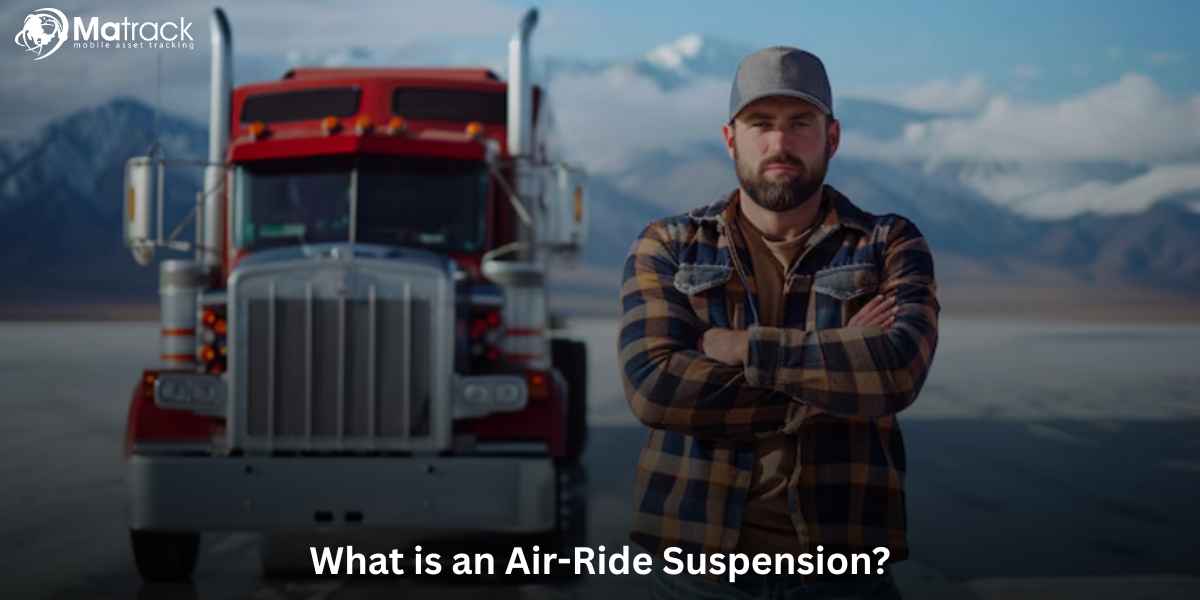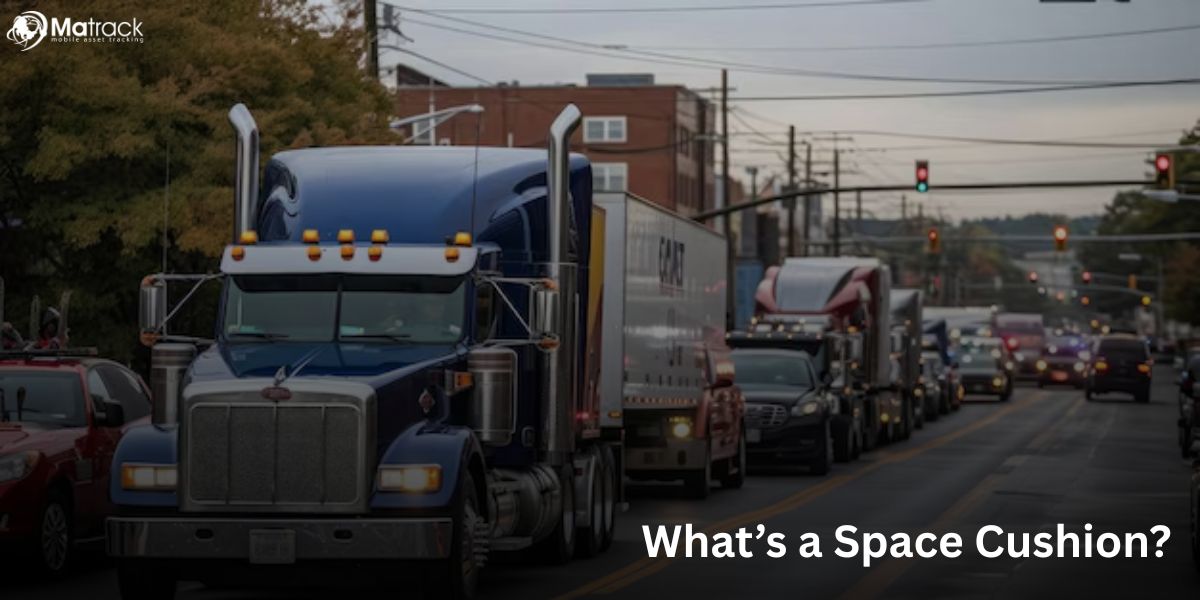Key Takeaways:
- Air-ride suspension uses air-filled rubber bags instead of metal springs to control ride height and comfort.
- The system includes air bags, compressor, sensors, and a control module to adjust height and balance automatically.
- Air-ride suspension improves ride quality, handles loads better, and protects cargo during transport.
- It costs more and needs more maintenance but offers clear benefits for long-haul trucks and specialized vehicles.
What is an Air-Ride Suspension?
Air-ride suspension is a system that replaces traditional metal springs with flexible rubber air bags filled with compressed air. It adjusts the vehicle’s height and ride comfort by adding or releasing air through a built-in compressor.
This setup includes components like air springs, sensors, and an electronic control unit to keep the ride level and smooth. It helps improve comfort, balance the load, and adapt to different driving conditions automatically, which is why it’s widely used in long-haul trucks and freight trailers.
Key Features of Air-Ride Suspension
Air Bags (Air Springs)
Air bags are flexible rubber parts that hold air instead of using metal springs. They go up or down based on how much air is inside, which helps keep the ride smooth.
Air Compressor
Air compressor is the part that pumps air into the system. It adds or releases air from the bags depending on how high or low the vehicle needs to be.
Air Reservoir (Tank)
Air reservoir is a storage tank that holds extra air. It makes sure the system has quick access to air without overworking the compressor.
Height Sensors
Height sensors check how high the vehicle is from the ground. They send updates to adjust the air and keep everything balanced.
Control Module (ECU)
Control module is the brain of the system that handles all the changes. It reads the sensors and tells the compressor when to add or let out air.
Air Lines and Valves
Air lines and valves move the air through the system. They carry it between the tank, compressor, and air bags to make the system work properly.
Applications of Air-Ride Suspension
Air-ride suspension is used across vehicle classes for different reasons.
Luxury Cars
Brands like Mercedes-Benz S-Class, Audi A8, and Range Rover use air suspension to deliver smooth rides and adjustable height.
Heavy Trucks
Air suspensions support long-haul trucks for better cargo balance, smoother handling, and less driver fatigue.
Buses
Passenger buses use air-ride to kneel for easy boarding, especially for elderly or disabled passengers.
Custom & Show Vehicles
Enthusiasts install air suspensions to raise or slam their cars with remote control systems.
Off-Road Vehicles
Air-ride lifts the vehicle in rugged terrain, giving more ground clearance when needed.
Air-Ride vs. Coil Suspension: Key Differences
Air-ride suspension provides luxury and flexibility. Coil suspension offers durability and simplicity.
| Feature | Air-Ride Suspension | Coil Spring Suspension |
| Comfort | High | Medium |
| Load Handling | Excellent | Limited |
| Adjustability | Yes (auto/manual) | No |
| Maintenance | High | Low |
| Installation Cost | High | Low |
| Customization | Extensive (height/firmness) | Minimal |
What are the Benefits and Drawbacks of Air-Ride Suspension?
Benefits of Air-Ride Suspension
- Smooth ride quality: Air-ride suspension softens bumps and vibrations, which makes driving more comfortable on rough or uneven roads. It reduces fatigue for long-distance drivers and improves passenger experience.
- Automatic height control: The system keeps the vehicle level by adjusting ride height based on how much load it’s carrying. This helps with better handling, balance, and safety.
- Improved load handling: Air-ride spreads out weight evenly across the axles, which lowers pressure on tires and suspension parts. It leads to more stable movement, especially when carrying heavy or shifting loads.
- Adjustable ride height: Drivers can raise or lower the vehicle as needed for ramps, rough terrain, or loading docks. That flexibility adds practical value in different driving or working conditions.
- Cargo and vehicle protection: Air suspension reduces sudden jolts, which protects both the cargo inside and the truck parts underneath. This is especially useful when transporting fragile or expensive goods.
Drawbacks of Air-Ride Suspension
- Higher installation cost: Air-ride suspension costs more to install than standard coil or leaf spring setups. The added components and tech increase the overall price from the start.
- Complex repairs and maintenance: Maintaining air-ride systems takes more time and knowledge because of the electronics, sensors, and moving parts involved. It’s harder and costlier to fix when something goes wrong.
- Air leaks and wear: Rubber air bags and lines can crack or wear out over time, leading to slow leaks or sudden drops in pressure. That affects ride stability and requires prompt repair.
- Electrical reliability issues: Electronic control units and height sensors are vulnerable to water, wiring problems, and voltage spikes. If one fails, the whole system might act up or stop working.
- Increased fuel consumption: Air-ride adds extra weight to the vehicle, and over long distances, that weight can slightly reduce fuel efficiency. It’s a small trade-off for better ride quality and load control.



